Overwintering potted trees in a garage
Featured Answer
Sort by:Oldest
Comments (31)
Embothrium
last yearlast modified: last yearchamaegardener (Z5) Northeast Illinois thanked EmbothriumRelated Discussions
No garage, overwintering strawberry pots
Comments (4)Living in the condo presents some 'problems'...do you have balcony? How many pots? I would make sure the soil in pots is very well draining; then keep them close together & if possible, surround with dried leaves. Maybe you can make some kind of bed - no bottom, just to keep pots together & keep the leaves around the pots & as mulch on top (from 2x4, or even fencing panels-doesn't have to be really sturdy). You could use chicken wire to make a cage, it will keep leaves from blowing around. If on balcony, do you get lots of snow in? They still need some moisture as Drew mentioned, so make sure they are not covered up with something like plastic. Good snow cover should actually insulate them. Worst is if you get constant freeze-thaw. As long as there isn't water sitting in the pots, they should be ok to overwinter. Rina This post was edited by rina_ on Mon, Sep 8, 14 at 9:35...See MoreOverwintering Potted Plants- Garage or Outdoors?
Comments (1)Even bulbs that are hardy to zones 4 & 5 don't see actual SOIL temperatures much lower than 25* at the VERY coldest, so storing them outdoors w/o protection is out. You could bury the pot next to the foundation of a heated building & mulch, but it's a PITN to dig them up and clean the pot, not to mention worrying about the bushy-tailed rats finding them, when all you need to do is layer them in your bulb pan & put them on the garage floor & forget about them (except to toss a LITTLE snow on them from time to time) for the winter. They will stratify nicely & get their roots on, so they'll be ready to go any time after January - whenever you give them several days of at least 50ish temps. I've always used my garage for stratifying and forcing early spring bulbs. A walk-in cooler or refrigerator would work too, if you or a convenience store owner/friend (or similar) can devote the space. Al...See MoreOverwintering hostas in glazed pot: will the garage work?
Comments (15)go for it.. just as an aside.. pots can crack for one of two reasons ... not counting teenager kicking it .. lol .. if unglazed.. the pot itself can hold water.. freeze and crack ... or .. if the media is too wet .. and it expands as its freezing.. the pot can crack ... think water bottle in freezer ... its a hosta.. have sonny boy tip it out in the veg garden. shove that sucker in the ground.. clean out the pot.. and store it.. is the way i would go ... but you have experience with geraniums.. so you are further on the learning curve than i am.. so go for it ... something looks off with your H ... like it might be planted too deep ... check that next spring.. and insure it hasnt sunk in the media... which basically means .. lol .. repot it anyway ... full circle.. do it now.. and just shove it in mother earth ... ken ps: and when you do repot.. search the recycle bins for a regular pot.. and use a pot in pot system.. so next fall.. you can just yank the pot out ... for storage ......See Moreoverwintering young potted trees
Comments (8)Up here a garage makes sense in winter for a lot of plants, down in TX I think the garage will get too warm on sunny days (which is most of them in winter) and coax them into early growth. Better to leave them in the coolest, shadiest place you can find outside where, as Tornado points out, you will be less likely to need water them. In my garage, even in winter, I still need to water deciduous stuff about once a month because the dry air sucks moisture out of the soil. They don't need a lot of water of course, but you don't want it to get bone dry. Evergreens actively transpire...camellias are the worse. Sometimes needing water more than once a week if it gets really cold and dry. (the garage is kept at or near 32F minimum, barring insulating malfunctions) It doesn't help that Camellia Forest uses a very friable bark based mix that doesn't hold much water. Makes you appreciate why they need strong root systems in marginal climates, and why I've lost plants like 'Red Jade' even at temps above 0F if they were in spots with winter morning sun. It just dries them right out....See MoreBillMN-z-2-3-4
last yearlast modified: last yeargardengal48 (PNW Z8/9)
last yearlast modified: last yearchamaegardener (Z5) Northeast Illinois thanked gardengal48 (PNW Z8/9)BillMN-z-2-3-4
last yearlast modified: last yearBillMN-z-2-3-4
last yearBillMN-z-2-3-4
last yearken_adrian Adrian MI cold Z5
last yeargardengal48 (PNW Z8/9)
last yearchamaegardener (Z5) Northeast Illinois thanked gardengal48 (PNW Z8/9)BillMN-z-2-3-4
last yearlast modified: last yearMeyermike(Zone 6a Ma.)
last yearlast modified: last yearchamaegardener (Z5) Northeast Illinois thanked Meyermike(Zone 6a Ma.)tapla (mid-Michigan, USDA z5b-6a)
last yearchamaegardener (Z5) Northeast Illinois thanked tapla (mid-Michigan, USDA z5b-6a)Embothrium
last yearlast modified: last yeartapla (mid-Michigan, USDA z5b-6a)
last yearBill M.
last yeartapla (mid-Michigan, USDA z5b-6a)
last yearBill M.
last yearkenbzone6
last yeartapla (mid-Michigan, USDA z5b-6a)
last yearkenbzone6
last yearJodiK
last yearvioletsnapdragon
last yearJodiK
last year
Related Stories
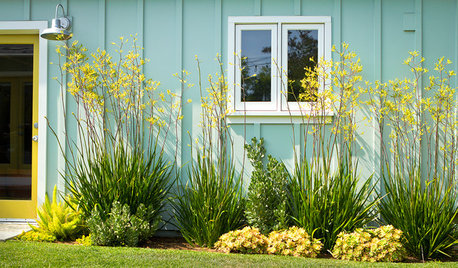
LANDSCAPE DESIGN10 Planting Ideas to Boost Your Garage’s Curb Appeal
See how to use vines, shrubs, colorful perennials, succulents and pots to enhance this overlooked planting spot
Full Story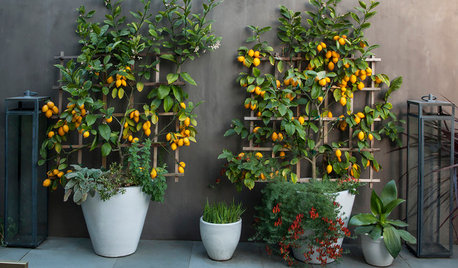
TREES10 Top Trees to Grow in Containers
These container-friendly trees make great specimens for pots on the patio or marking an entrance
Full Story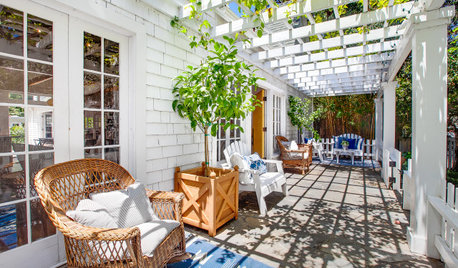
GARDENING GUIDESHow to Grow Trees in Containers
Get tips on how to grow and maintain healthy trees — and which types to choose — from landscape design pros
Full Story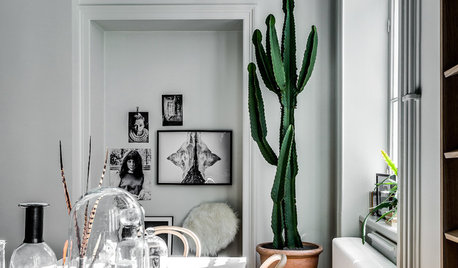
HOUSEPLANTSCandelabra Tree Is One Cool Cactus Look-Alike
Here’s everything you need to know about growing this dramatic, easy-care plant indoors
Full Story
GARDENING GUIDESHow to Keep Your Citrus Trees Well Fed and Healthy
Ripe for some citrus fertilizer know-how? This mini guide will help your lemon, orange and grapefruit trees flourish
Full Story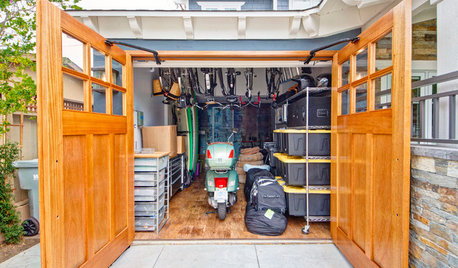
GARAGESHouzz Call: How Do You Put Your Garage to Work for Your Home?
Cars, storage, crafts, relaxing ... all of the above? Upload a photo of your garage and tell us how it performs as a workhorse
Full Story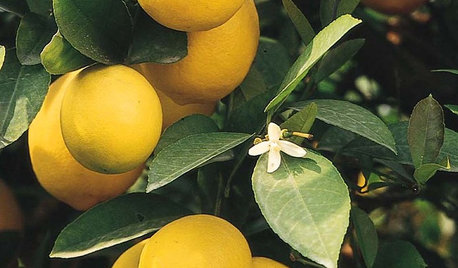
EDIBLE GARDENSThere’s a Lot to Love About a Meyer Lemon Tree
See how to grow this sweet fruit tree
Full Story
CONTAINER GARDENSSolve Your Garden Border Dilemmas With Planted Pots
Set your containers free from the patio — placed among plantings in the ground, they fill unsightly gaps, let you experiment and more
Full Story
SPRING GARDENINGHow to Grow a Rose Garden in Pots
Everything can come up roses, even without a plot of soil in sight. This step-by-step guide to growing roses in containers shows you how
Full Story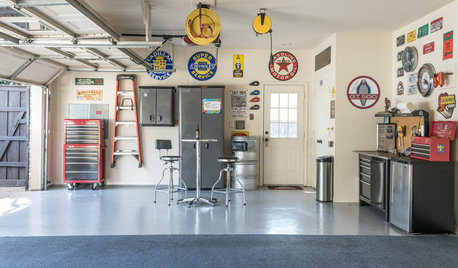
HOUSEKEEPING7-Day Plan: Get a Spotless, Beautifully Organized Garage
Stop fearing that dirty dumping ground and start using it as the streamlined garage you’ve been wanting
Full Story


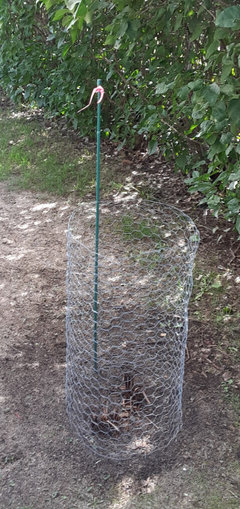

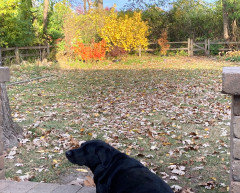




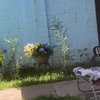
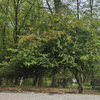

ken_adrian Adrian MI cold Z5